Top 10 Famous Startups to Watch in 2025
- Updated: Nov 08, 2024
- 10 min
As technology continues to advance rapidly, various startups are leveraging these developments to disrupt traditional industries and provide new solutions.
To help you stay on top of the key players, we’ve rounded up 10 of the most famous and promising startups to keep an eye on in 2025.
These startups made the list due to factors like substantial funding, visionary founders, revolutionary technology, and significant early traction.
Read on for the inside scoop on the vital startups to watch and why you’ll likely hear much more about them this year and beyond.
Still looking for that breakthrough concept? Check out ways to find an idea for a unicorn startup.
Unlock your startup potential now — start transforming your vision into a scalable solution with our expert developers today!
What is an MVP?
MVP in business is a product that has just enough functionality to be helpful, and it’s usually the first version of a product. It’s often used to test an idea or product with users before fully developing it.
When you start a business, you’re trying to solve a problem in the marketplace.
With MVP in software development, you can build a small version of your product to test with customers and get feedback on how well it works before investing resources into building the rest of the features.
This ensures that you’re developing something people want and need, so you can make sure your app or website will be successful when it launches.
It’s a way for those, who prefer to use no-code platforms instead of hiring dedicated developers.
Some of the most successful businesses in history were built using MVPs as a starting point, and they’ve gone on to change the world.
Here are some of the companies that started with MVPs.
1. Buffer
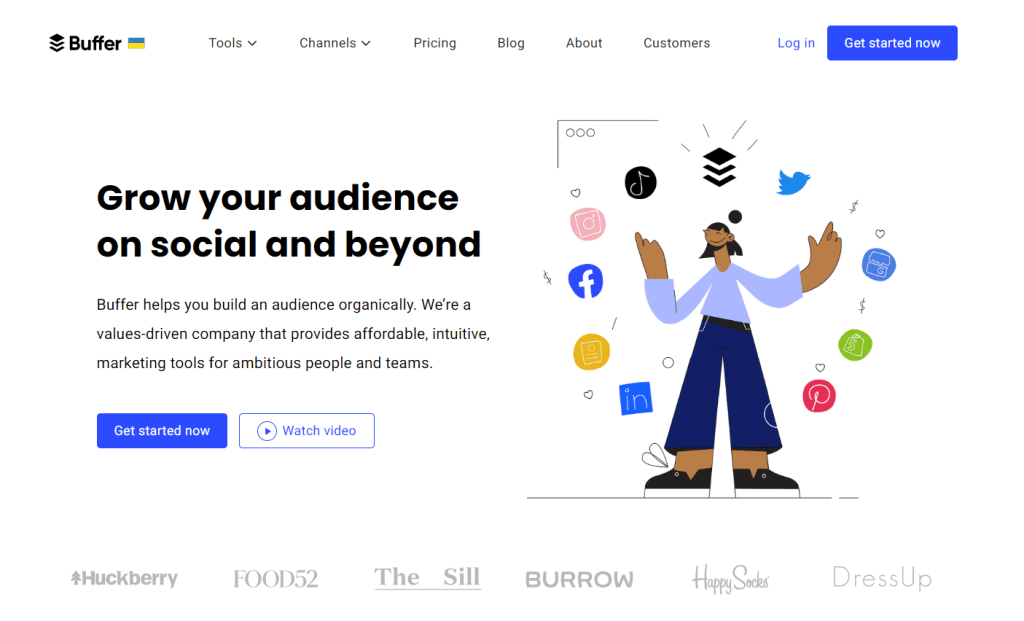
Buffer is a fairly plain and basic but highly sought-after service for people who post frequently online: bloggers, businesses, and other enthusiastic users.
Today, we know this service as a scheduled posting solution that supports the majority of the most popular social networks. But what was Buffer like in its early days?
One rainy evening in London, Buffer’s creator was pondering how to streamline Twitter posting. On this social network, he was sharing news about startups and technology, and a lot of people enjoyed it.
His main challenge was managing the time intervals between posts: instead of using time reporting tools, he either had to be constantly on the phone or upload a dozen posts in a row.
The first option was too burdensome for him, and the second one had a poor effect on the posts’ reach.
So, Buffer’s creator hit on the idea of a service that would publish tweets for the user at a pre-set time. However, he didn’t know whether he should splurge to develop a full-fledged product.
He was haunted by doubts: “Does anyone need this, and would anyone pay for it?” So, he shared the idea with his friends and Twitter audience to get feedback. People cheered him on.
But verbal incentives from the audience are not necessarily equal to a successful sale of the product.
So then, he created a pretty rudimentary but useful MVP.
Within a short period, the developer wrote code for a service with limited functionality: it allowed users to schedule the tweets to be published. In only four days, the first user subscribed to the service of the delayed publication of posts on Twitter.
Now, thousands of people around the world use Buffer or Buffer alternatives to improve their performance on various social networks:
- Twitter;
- Instagram;
- Facebook;
- Pinterest;
- TikTok;
- LinkedIn.
So, the story of Buffer is a perfect demonstration of successful MVP building.
Explore the best practices to grow your MVP into a sustainable product in this guide from MVP to full-scale product.
TikTok changed the game — now it’s your turn. Learn how to make a TikTok-like app with all the right features.
2. Zappos
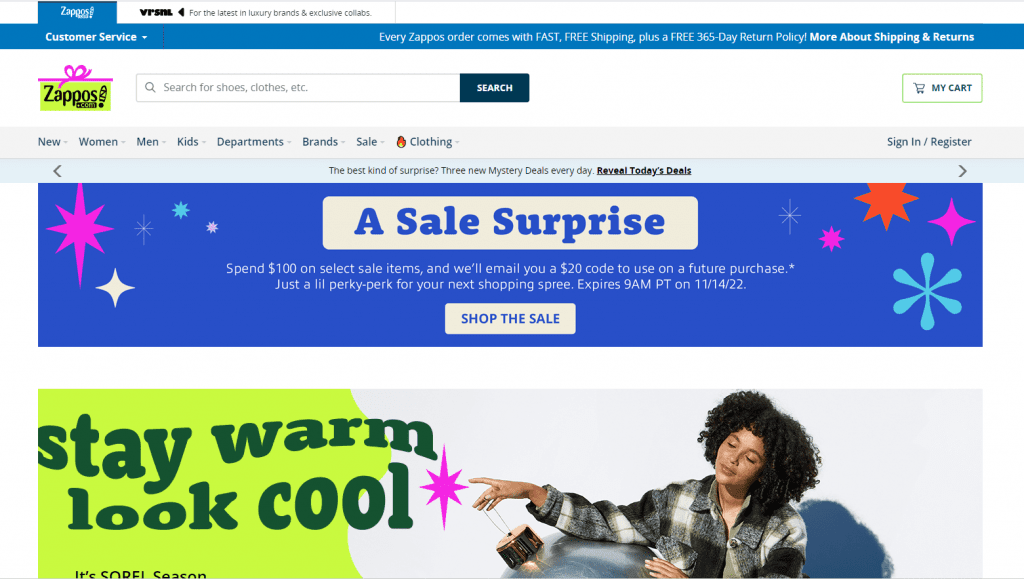
The history of Zappos is extremely special and inspiring. Like any business, it began with a problem and a search for a solution: Zappos creator Nick Swinmurn had trouble finding the perfect pair of shoes at the mall.
And he thought: “Why not create an online store big enough so that everyone can find a shoe to suit even the most eccentric taste?”
Thus, Zappos was born. Or rather it was an MVP, which soon became a huge online store with billions of dollars of turnover.
But let’s go back to the early days. Nick knew it was downright childish to invest thousands of dollars in an unproven idea. Such a business required substantial investment:
- Service payments to Shopify experts or other web developers;
- Goods registration;
- Warehouse rental;
- Equipment;
- Staff salaries;
- Establishing cooperation with suppliers.
What did he do? Nick decided to create an MVP: he developed a website, uploaded the photos and descriptions of the goods, and waited.
Pretty soon, orders sprang up on the site. Then, he repurchased the goods from retail suppliers and sent them to the buyers personally.
After hundreds of boots, shoes, and sandals were sold, Nick and his partner Tony Shane got the opportunity to buy directly from major suppliers, created a large selection of shoes on their website, and scaled their MVP into a major business.
Would it be considered a grand success if the business got bought by the giant Amazon for $1.2 billion? The answer is a resounding “yes!”
3. Foursquare

If you need to find a restaurant, a hotel, or, for example, a toy store in an unfamiliar city or district, you’re more likely to search using the Foursquare app.
Yes, now, it’s the hottest thing: 50 million users all over the world. But the service was once launched as an MVP and even had some other functionality. Wonder how Foursquare did it?
In 2009, two buddies Dennis Crowley and Naveen Selvadurai launched the first version of Foursquare (MVP to be exact) as a location-sharing app. They planned to reach out to users with two features:
- Gamification. They offered users to collect coins and badges in the app, compete for places on the leaderboard, and even win titles. The game elements appealed to people, and they were eager to participate and invite their friends to compete;
- Privacy protection. The founders of Foursquare paid a lot of attention to the protection of their users’ data and did not let people down in this regard. As a result, the app was considered safe and gained trust.
The first version of Foursquare was highly lauded by users. Once this became evident, the developers embarked on introducing new features and turned the app into something we know today.
4. Aardvark
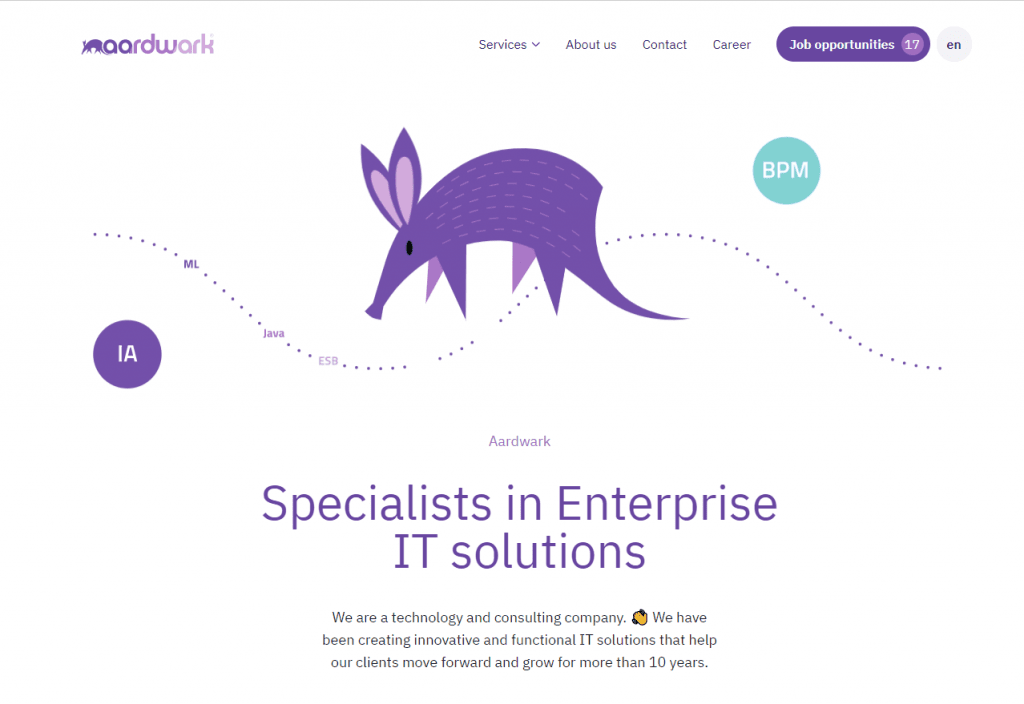
Sometimes, we are overrun with random questions like: “What’s the name of that cutesy actor who starred in The Dressmaker” or “What’s a similar book to be read after Pride and Prejudice?”
No matter how hard Google tries to implement AI to better recognize search queries, some questions are better answered by a human rather than a machine.
The Aardvark service was created to do just that.
It’s a successful solution that was bought by Google in 2010 for $50 million. But it also started out as an MVP to test the service and reduce risk.
Mechanical Zoo launched Aardvark in 2008. They aimed to act as an intermediary between people who ask questions and those who can find the answers. In the initial stages, all the requests were managed manually.
Only after being convinced of the value and relevance of Aardvark, collecting user feedback, and testing the idea, the developers took on automating all the processes and investing money and time in it.
As a result, they succeeded in making a worthwhile product and avoiding global risks. That’s the power of MVP!
5. Glovo
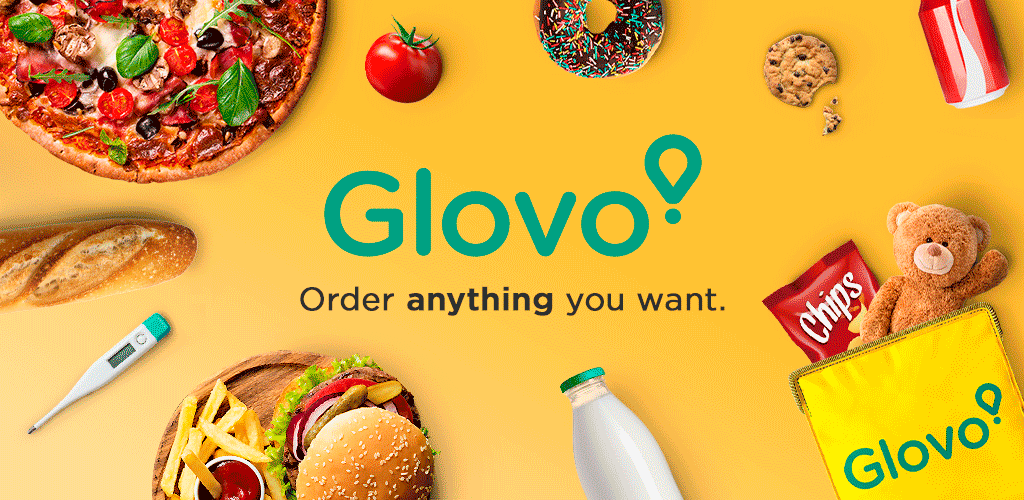
Glovo is a hyper-popular company in the food delivery market. It acts as a liaison between the customer and the courier.
This makes it possible for users to order anything from a package of butter from the neighborhood supermarket to a full holiday dinner for the entire family and get it in a blink of an eye.
Lightning-fast delivery, favorable prices, friendly employees, and on top of that – discounts and promotional offers: these features attract users from different corners of the world.
Back in the day, Glovo’s discounting and other UX elements were geared toward the entire customer base without a whiff of segmentation.
But the number of users was growing at an arithmetical rate, and this array of customers required a different way of approaching it.
Then, Glovo Engineering faced one big challenge: exploit MVP for user segmentation. It had to be basic but easily scalable and applicable to cover major needs at the outset.
So, Glovo specialists started to develop an MVP. To do this, at the initial stage, they opted to focus on several segments, which were:
- New customers who have not yet made an order in the app;
- Regular customers who systematically order delivery services;
- Customers who ordered once (or several times) and then dropped out.
Since the segmentation algorithms performed flawlessly, produced results and helped compare ROI, the MVP was expanded to several hundred segments and became a successful full-fledged solution.
From concept to launch, here’s how to create a food delivery app for your startup.
6. Twitter
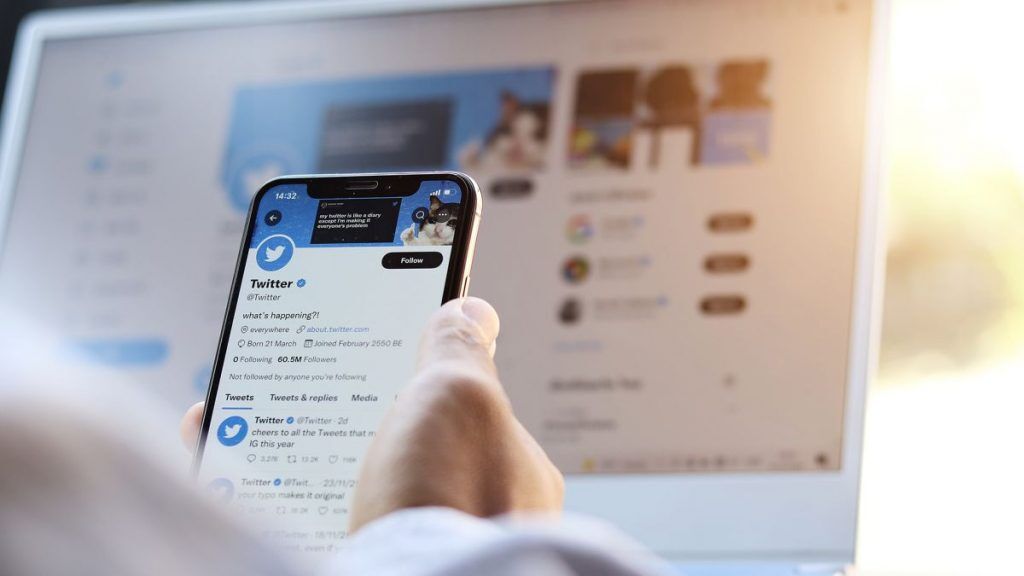
Twitter was founded by Jack Dorsey, Biz Stone, Evan Williams, and Noah Glass. It started as a text messaging system for friends. However, it grew into much more than just a messaging system.
The company began with three friends and now employs more than 4,000 people worldwide. The founders had an idea for a product they wanted to share with others. They didn’t have the money or resources to create a full-fledged product immediately, so they started with an MVP first.
If you are thinking of creating a brand new messaging solution, check out this guide on how to create a messaging app step by step.
7. Instagram
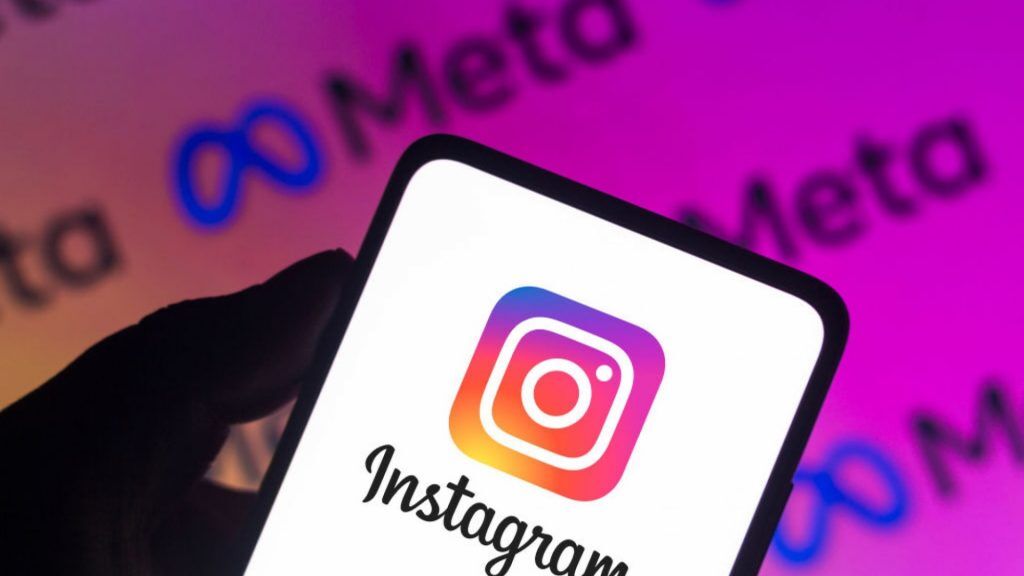
Instagram is a top-rated photo-sharing app for iOS and Android. Its founders Kevin Systrom and Mike Krieger started with a simple idea. They were working on Burbn, another location-based service.
But they decided to pivot their business into something simpler: Instagram.
Instagram started with MVP development, then it evolved into what it is today. The company has over 700 million users who share 1 billion photos daily.
This is an excellent example of how an MVP can help you get your startup off the ground quickly and cheaply.
8. YouTube
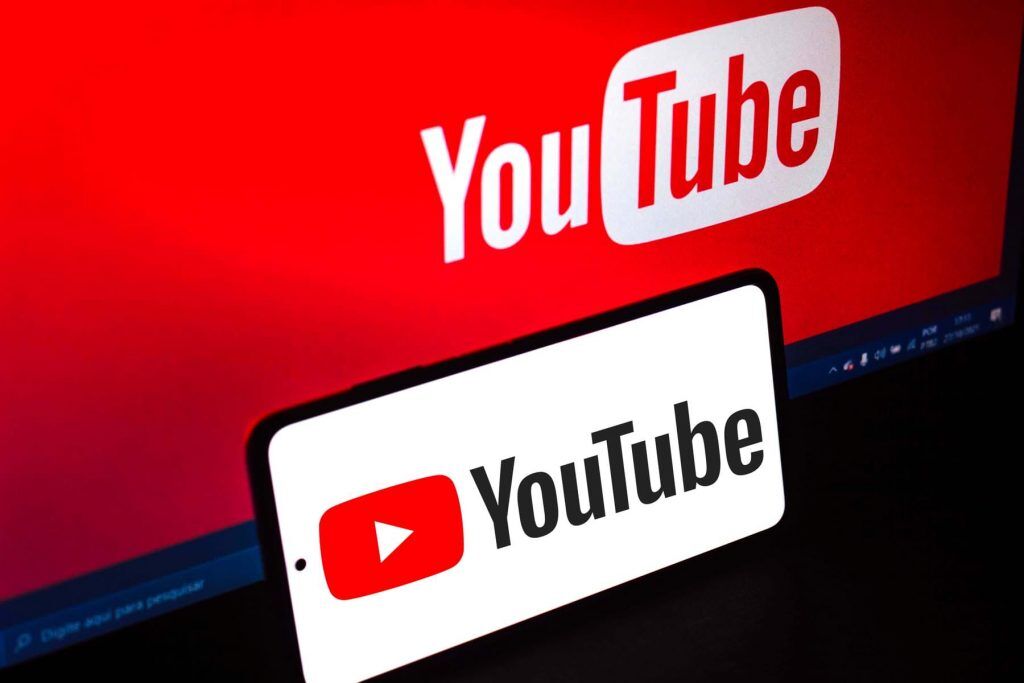
YouTube is a successful business that started with MVP development as well. The founders of YouTube, Chad Hurley, Steve Chen, and Jawed Karim, came up with the idea of sharing videos on the Internet in 2005.
They created an MVP and shared it with friends. Then they continued to improve the product until it became a success.
The success of YouTube can be attributed to its MVP development because it allowed the founders to get feedback from users early on in the process. This helped them:
- Understand what people wanted in a video-sharing website;
- Create a better product.
MVP development is also useful when creating new features for your product or service because it allows you to test each feature before releasing it into the market.
Check out our insights on custom software development cost that cover what drives prices and how to manage expenses.
9. Dropbox
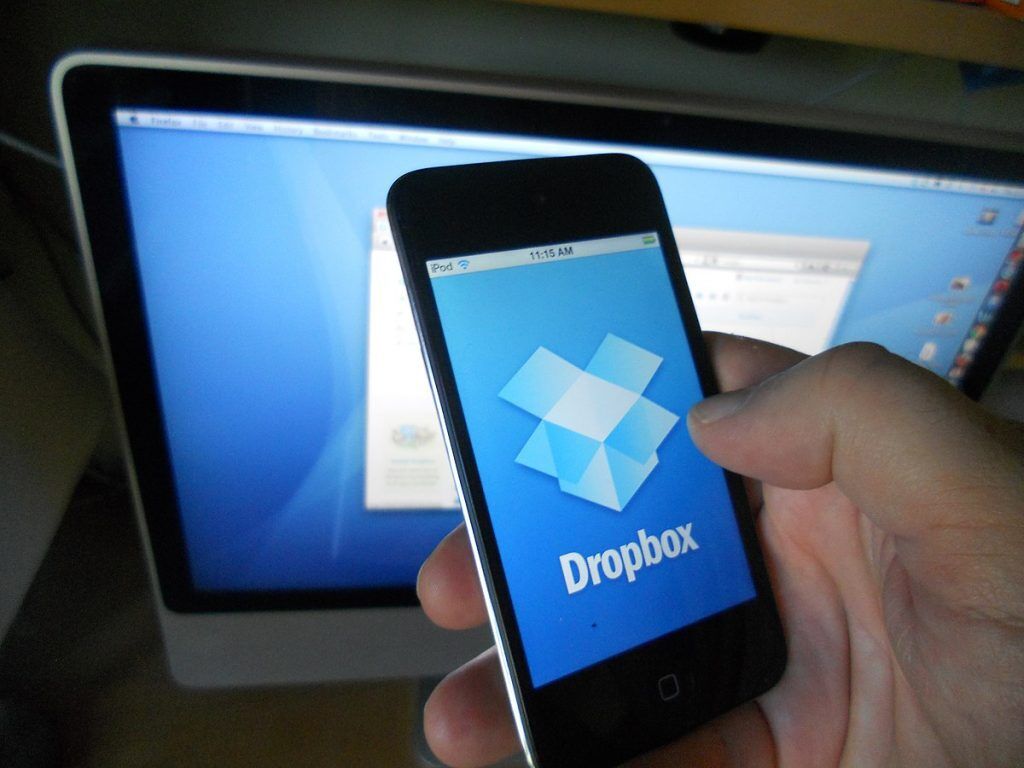
Dropbox is a cloud storage service with more than 400 million users worldwide. It was founded in 2007 by American computer programmer Drew Houston and launched in 2008.
The idea for Dropbox came to Houston while he was working on his senior thesis project at MIT. He was taking a class called “Designing Innovation,” which required him to design a product for real-world use.
Houston decided to create a tool to help people share large files easily and securely over the Internet.
To test his idea, he built a simple prototype using Python and Django, two popular programming languages used by developers.
This MVP gave him enough information to validate his concept through interviews with friends and family members willing to try out the product before its official launch.
10. Airbnb
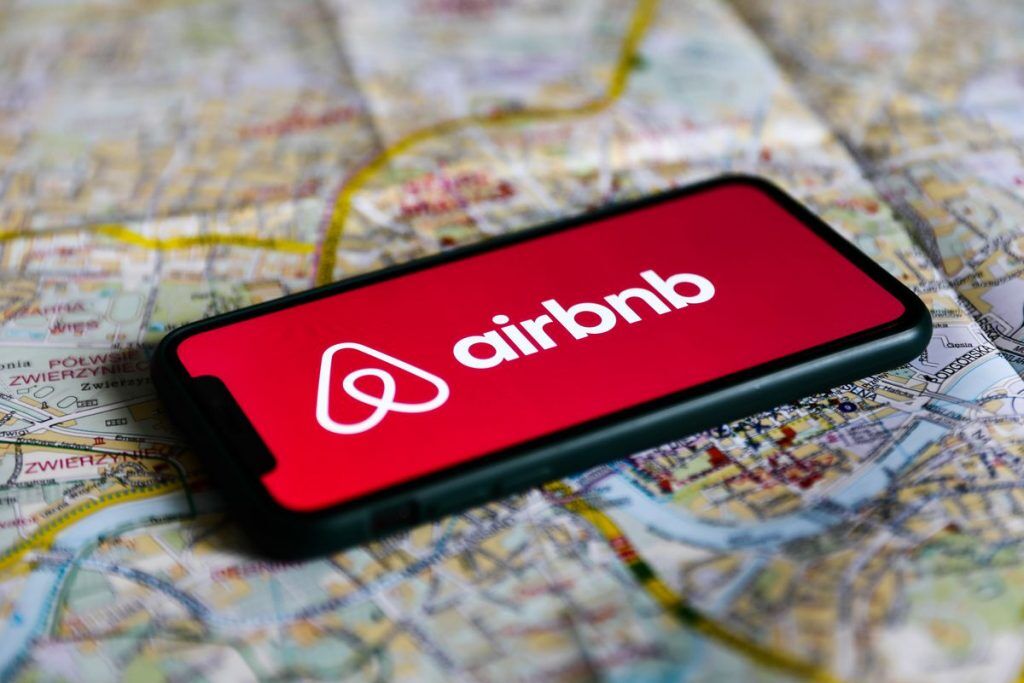
Airbnb is an online marketplace and hospitality service that enables people to list, find and rent lodging. It was founded in August 2008 by Brian Chesky and Joe Gebbia.
The company has expanded rapidly and operates in over 34,000 cities and 192 countries.
It’s one of the most successful businesses that started with MVP development. The founders of Airbnb came up with the idea of renting their extra rooms to people traveling.
They created a website to advertise their listing, and soon they had more guests than they could accommodate. As the business grew, it expanded its offerings so that now any place can be rented out by anyone in any city or country.
Bonus: FHIR
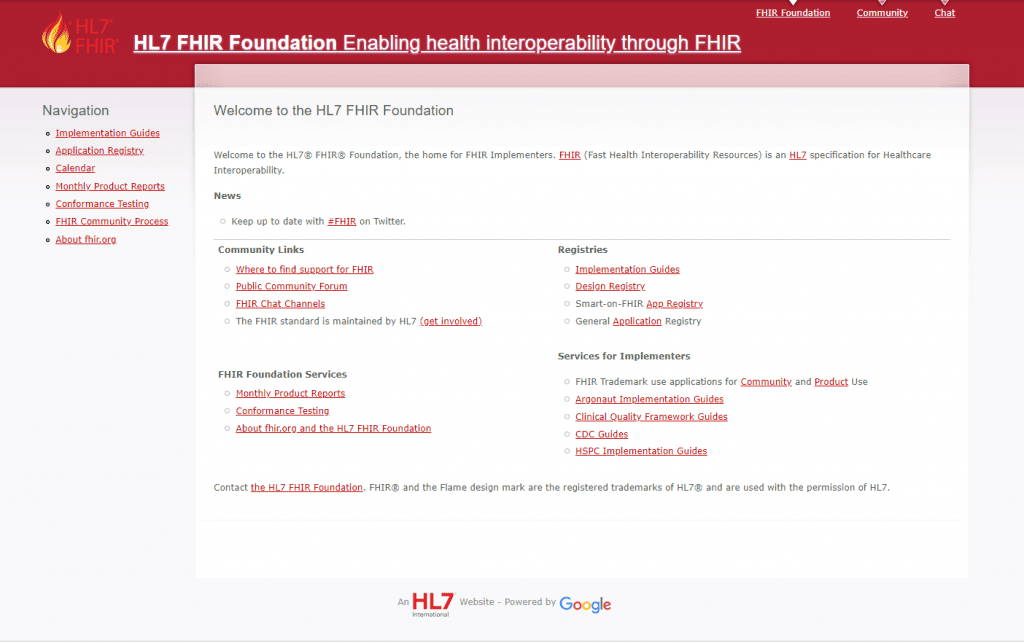
The story surrounding the creation of FHIR is very bleak but also encouraging. Although this successful solution was created by a non-profit organization, anyone starting a high-risk business will be interested to learn about it.
Graham Grieve, the creator of FHIR, was discouraged by the health condition of his family member. While his relative was being treated in med facilities, Graham spotted troubles in healthcare data sharing.
So, the idea for FHIR was born, which was supposed to be a more up-to-date version of HL7.
The risks were high. A full two years have passed since the beginning of MVP development, which went through several iterations before seeing the world as a test version of FHIR in 2014.
Corollary: higher risks can lead to the development of more different versions of MVPs.
Looking for innovation in healthcare? Here are some of the best healthcare startups leading the way.
Ready to Build Your Own Startup?
These startups, led by motivated founders and powered by the latest technological innovations, show that agility and purpose-driven products can achieve growth.
As an early or seed-stage startup seeking to make a similar impact with an innovative digital offering, focusing on an MVP and rapid development is critical.
Developing your product and getting it in users’ hands allows you to quickly validate your concept and secure vital funding for accelerated growth.
Work with an MVP development expert like SpdLoad.
Our team focuses on building affordable, shippable MVP apps that let startups test and refine their vision with real users from day one.
Reach out to discuss how our tailored approach can kickstart your app’s journey to larger success!
Ready to test your startup idea? Learn everything about how to launch an MVP successfully.
Building a startup is challenging but rewarding. This guide shows how to start a startup from scratch.













